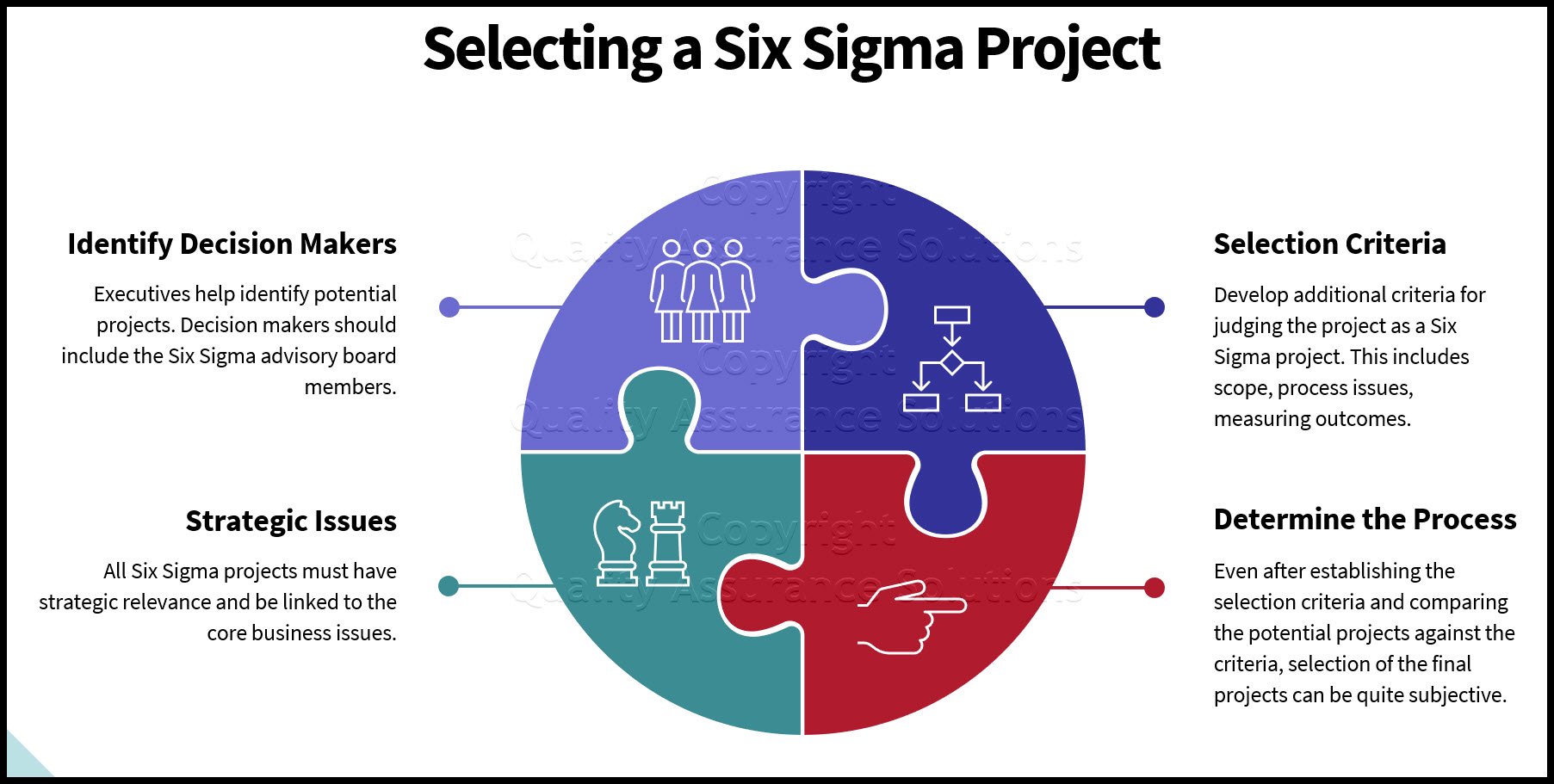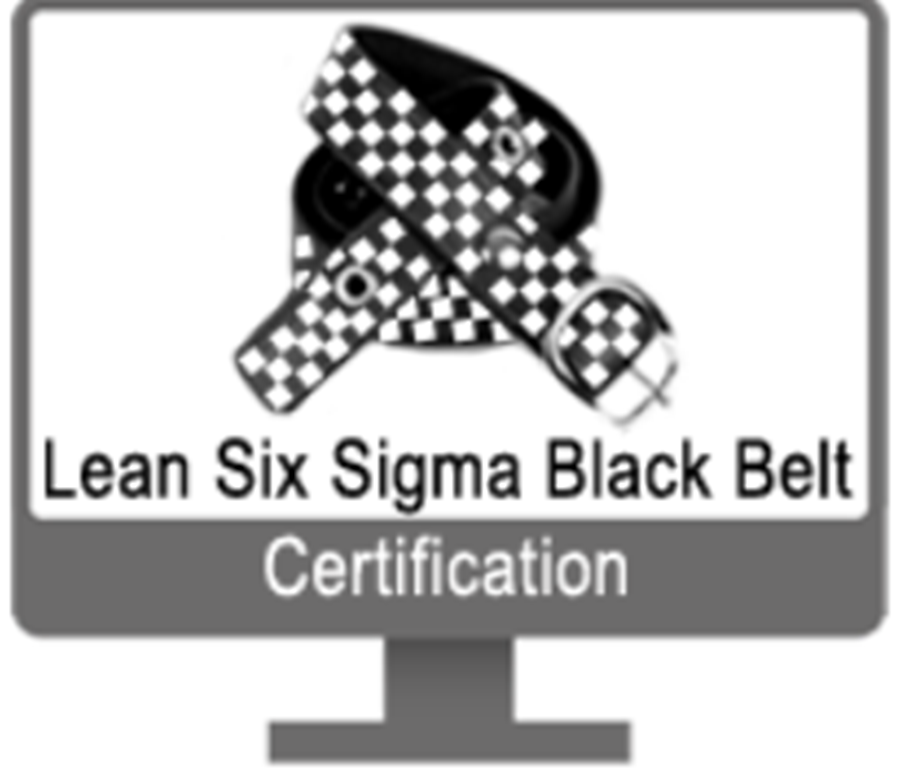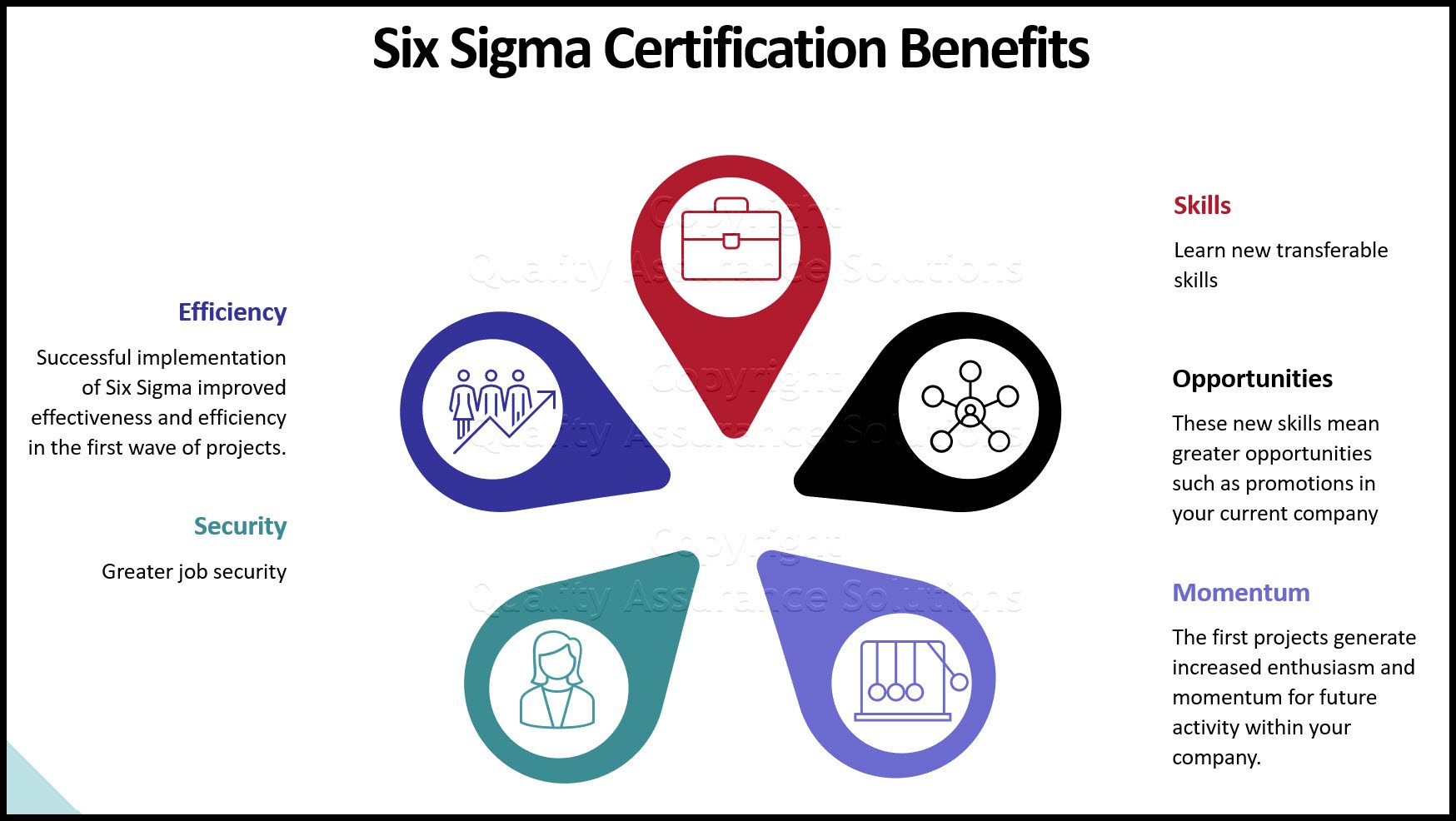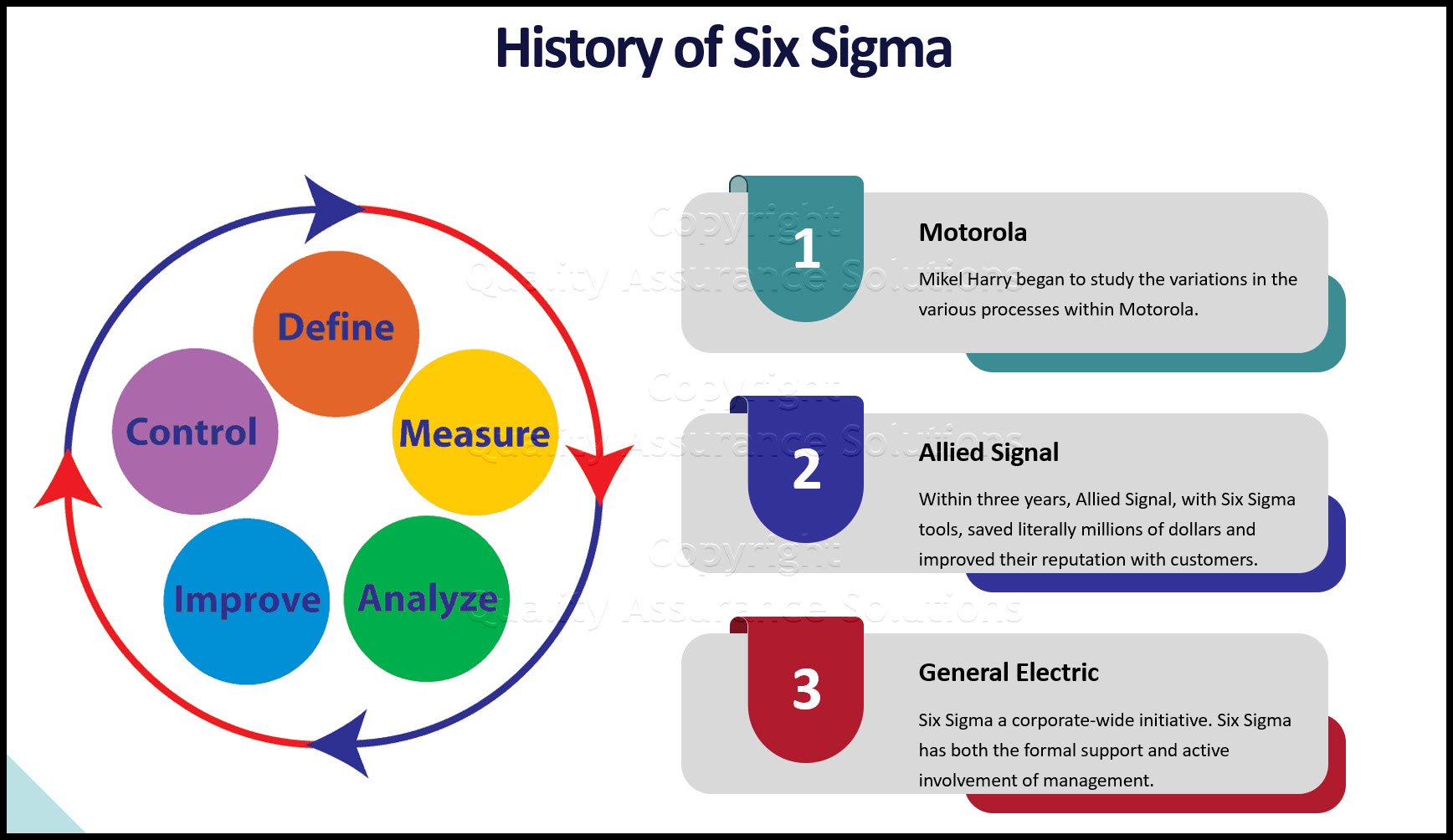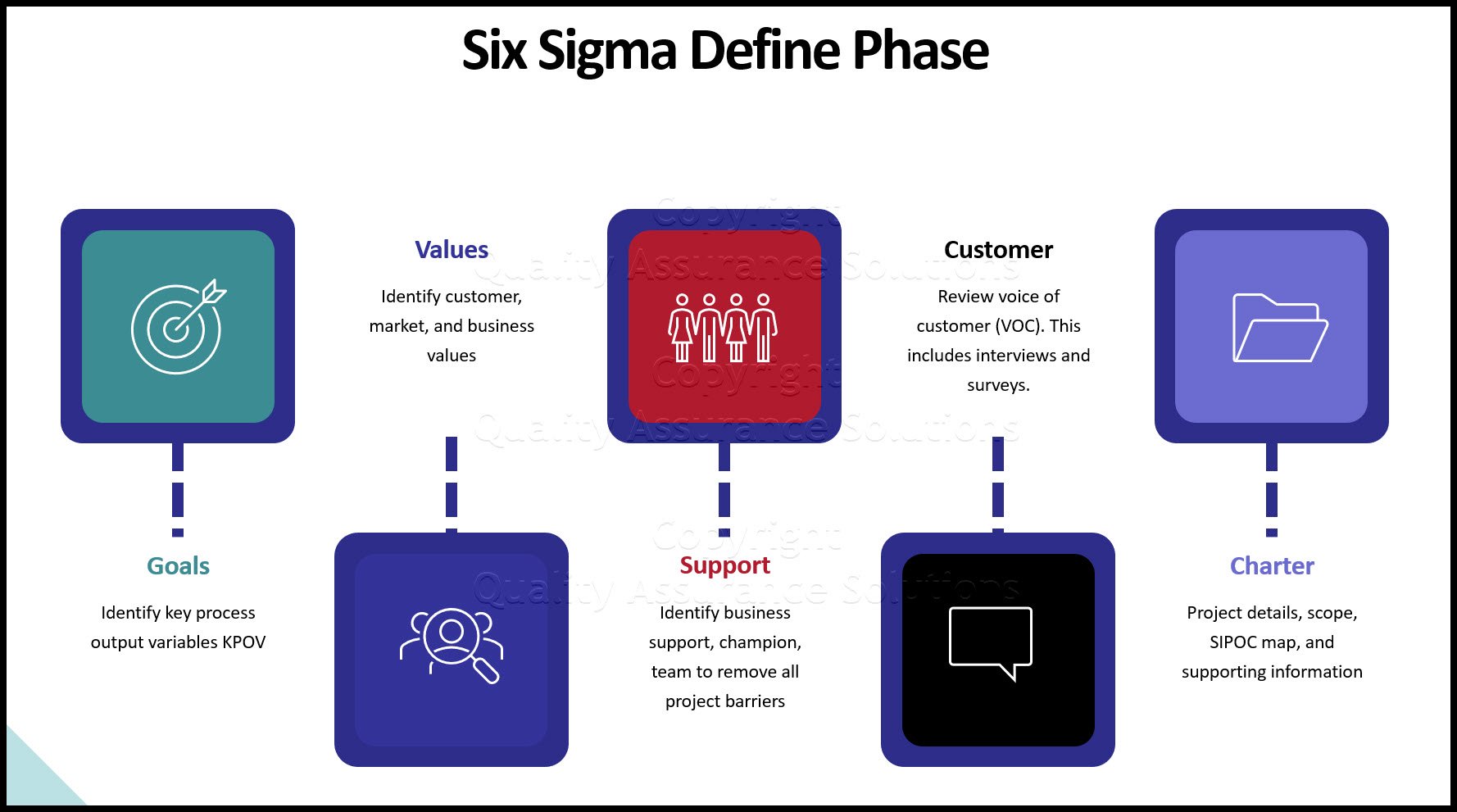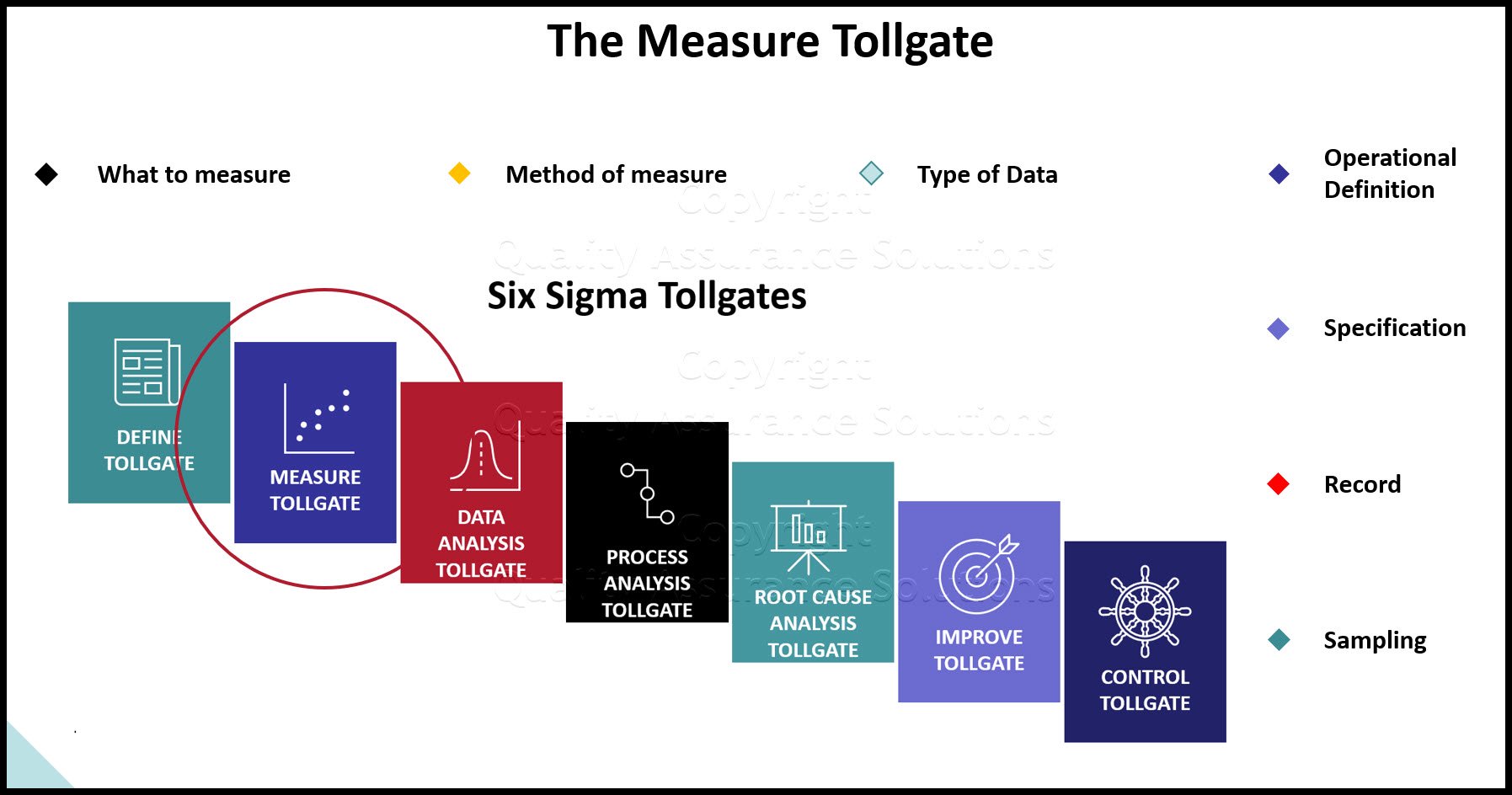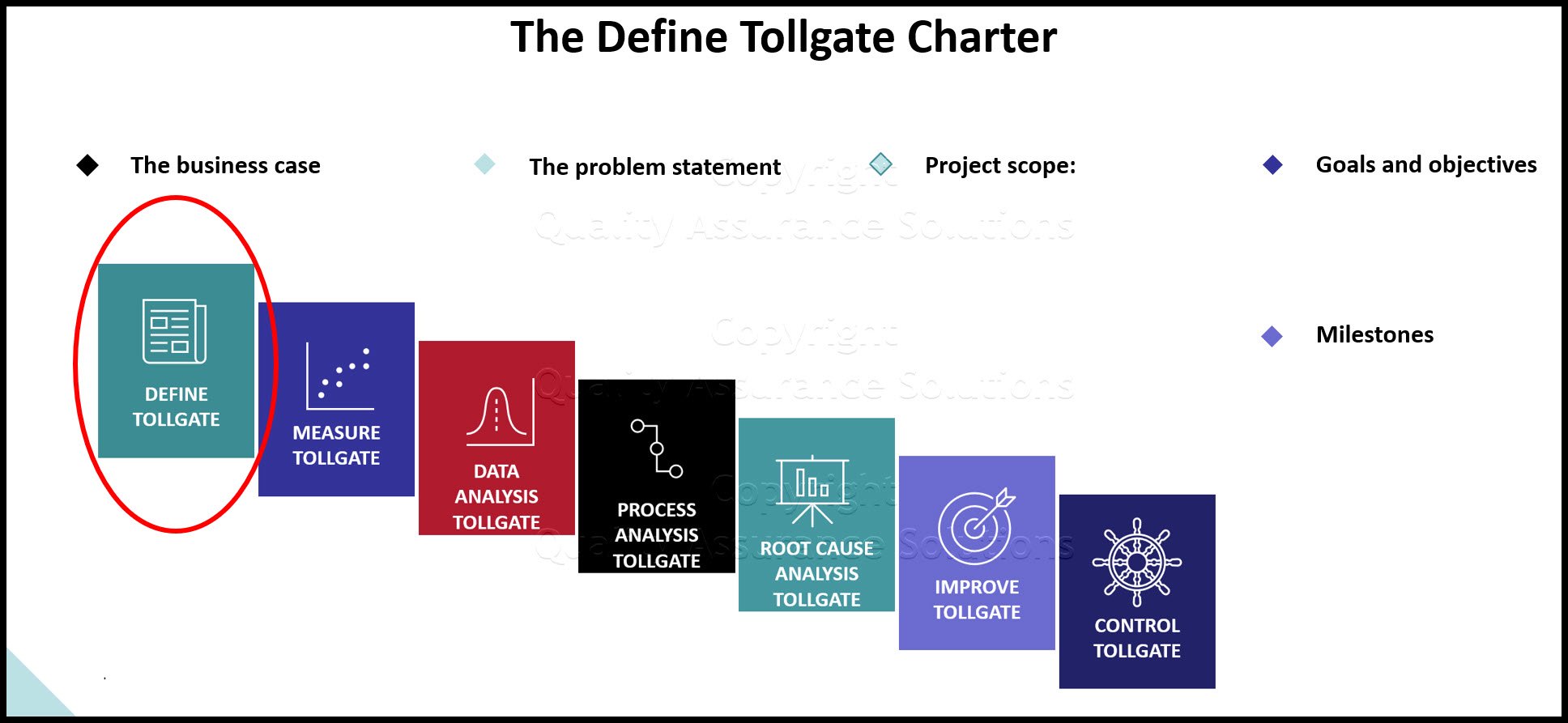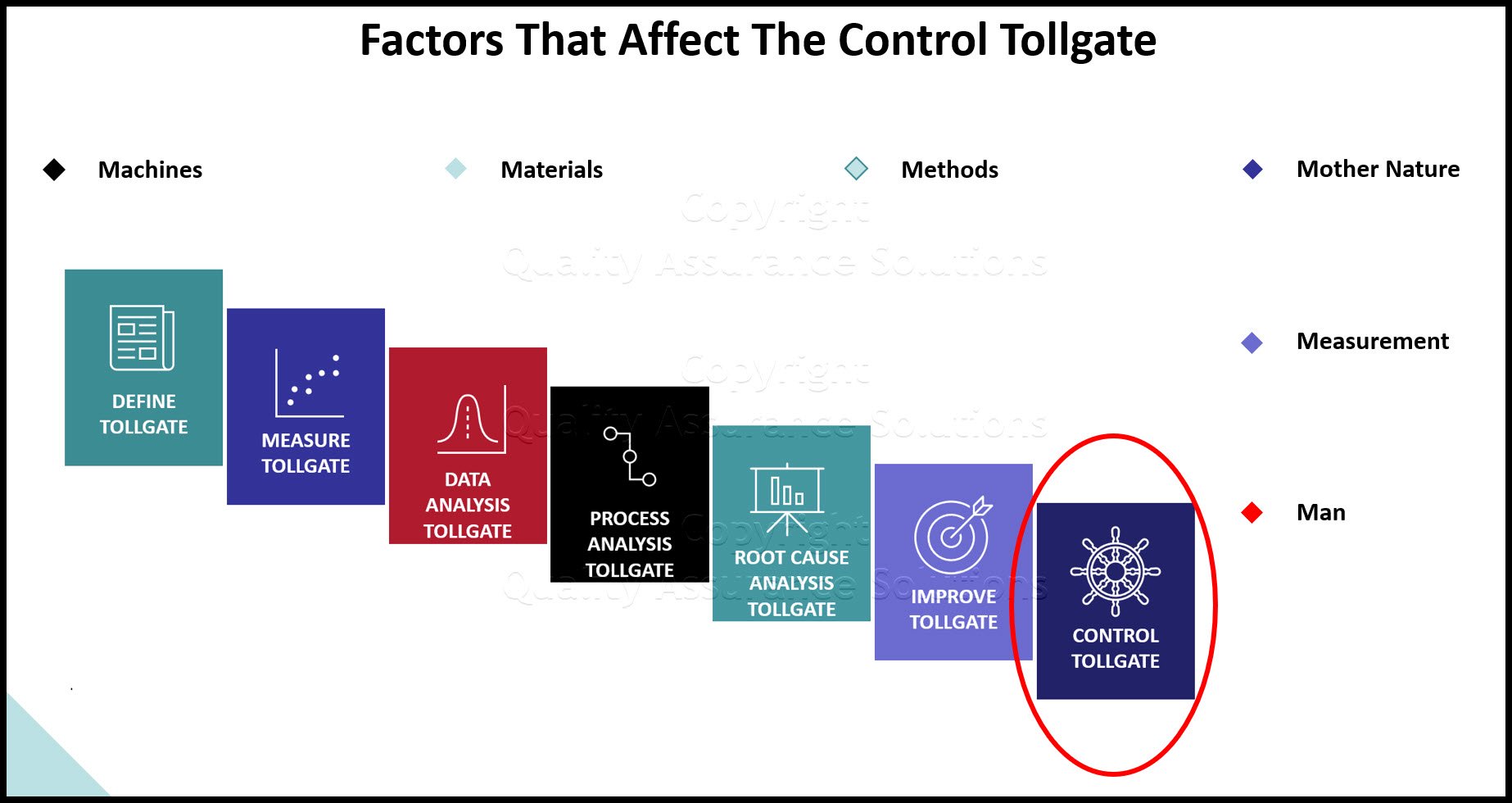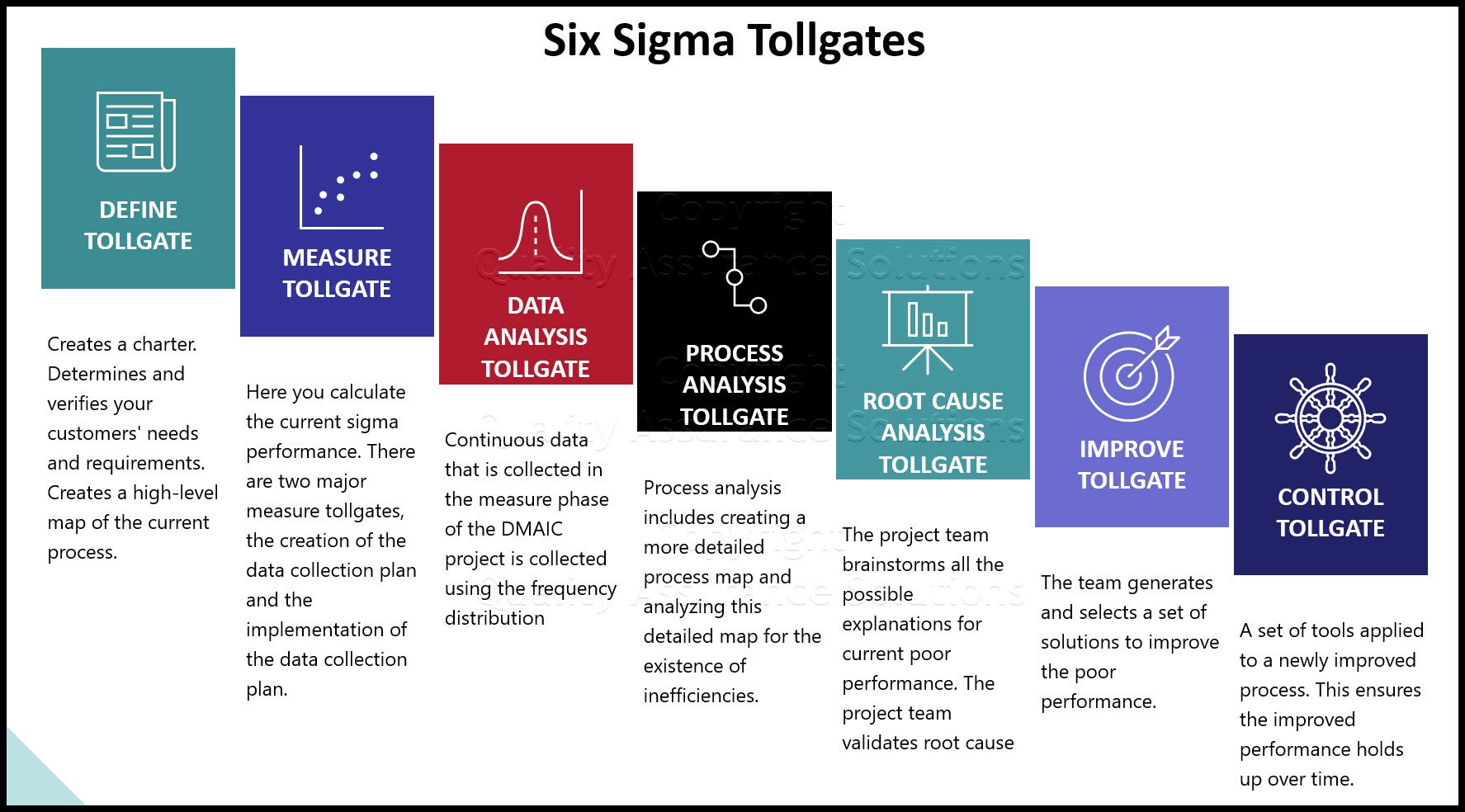Six Sigma Overview
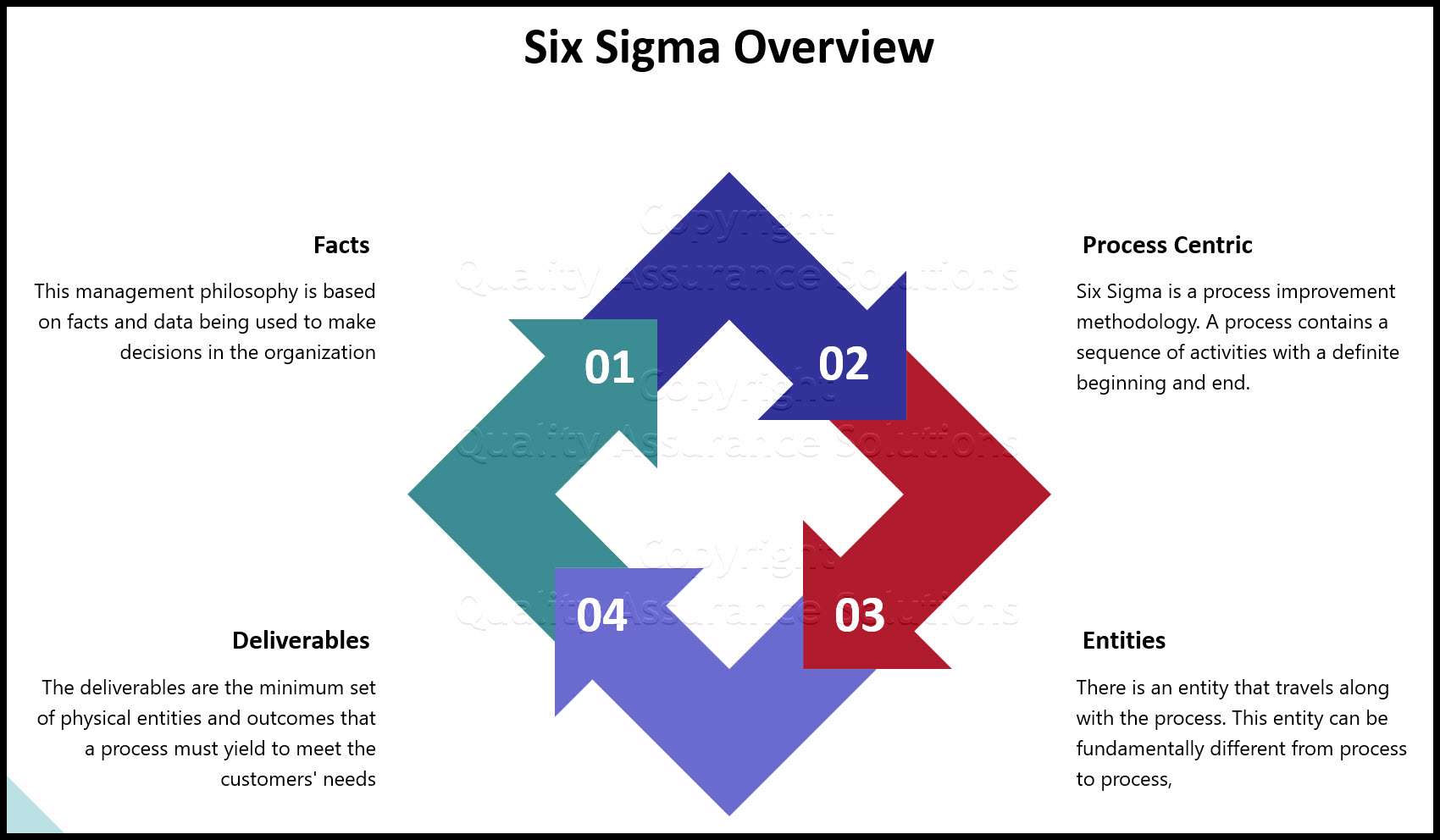
Six Sigma has been a popular management philosophy for years. Motorola first made Six Sigma popular in the 1980s. AlliedSignal embraced it in the early 1990s and then General Electric made it the most popular management philosophy in history.
Like anything that becomes popular, misconceptions abound relative to how to implement Six Sigma. Particularly since this management philosophy is based on facts and data being used to make decisions in the organization, a host of statisticians have developed new careers teaching and consulting in this discipline.
Six Sigma Overview Basics
In order to better understand the detailed methods of the Six Sigma Overview, you need to understand the basics. This begins with simple clarifications of process, entities, and deliverables and how they associate with improvement.
A Process
Six Sigma is a process improvement methodology. This is a key
distinction in framing the project and it is one that champions
frequently get wrong during project identification, scoping, and
selection.
A process contains a sequence of activities with a
definite beginning and end. A process includes defined deliverables. An
entity must travel through the sequence. The process utilizes resources
to accomplish the activities along the way.
If you can't see an obvious, single process in your project, you might have difficulty applying six sigma process improvement to it. The start and end points need to be completely agreed upon between the Six Sigma Black Belt, Champion, and Process Owner (if this is not the Champion). Clearly, if this is not the case, there will be problems later when the end results don't match expectations.
Entities
In the preceding definition of a process, there is an entity that
travels along it. This entity can be fundamentally different from
process to process, but there are a few distinct types:
- Human. Employees, customers, patients
- Inanimate. Documents, parts, units, molecules
- Abstract. Email, telephone calls, orders, needs
For
six sigma process improvement you must identify the primary entity as
it flows through the process. Process resource add value to it (for
example, a patient or perhaps the physical molecules of a product).
Sometimes secondary entities move around the process, but the focus
should be on identifying the primary.
Six Sigma Black Belt
sometimes find this difficult when the entity changes form, splits, or
replicates. For instance, in healthcare (in the ubiquitous medication
delivery process), orders are typically written by the physician and so
the primary entity is the written order. The order can then be faxed to
the pharmacy, and thus replicated. The pharmacist fulfils the faxed
order and effectively the Primary Entity changes to the medication
itself.
Similarly, in an industrial setting, we might see the Primary Entity change from customer needs to a sales order to a manufactured product.
Six Sigma Process Deliverables
The last element of the six sigma overview is the deliverables. Simply
put, the deliverables are the minimum set of physical entities and
outcomes that a process must yield to meet the customers' needs.
The
deliverables need to be thoroughly understood and agreed upon within
the early stages of the project. Otherwise later during the results'
analysis, you may find you met the wrong objectives.
- QAS Home
- Six Sigma
|
Quality Assurance Solutions Robert Broughton (805) 419-3344 USA |
 |
|
Software, Videos, Manuals, On-Line Certifications | ||
|
An Organizational Task Management System. Projects, Meetings, Audits & more | ||
|
Corrective Action Software | ||
|
Plan and Track Training | ||
|
AQL Inspection Software |
|
450+ Editable Slides with support links | ||
|
Learn and Train TRIZ | ||
|
Editable Template | ||
|
Templates, Guides, QA Manual, Audit Checklists | ||
|
EMS Manual, Procedures, Forms, Examples, Audits, Videos | ||
|
On-Line Accredited Certifications Six Sigma, Risk Management, SCRUM | ||
|
Software, Videos, Manuals, On-Line Certifications |




